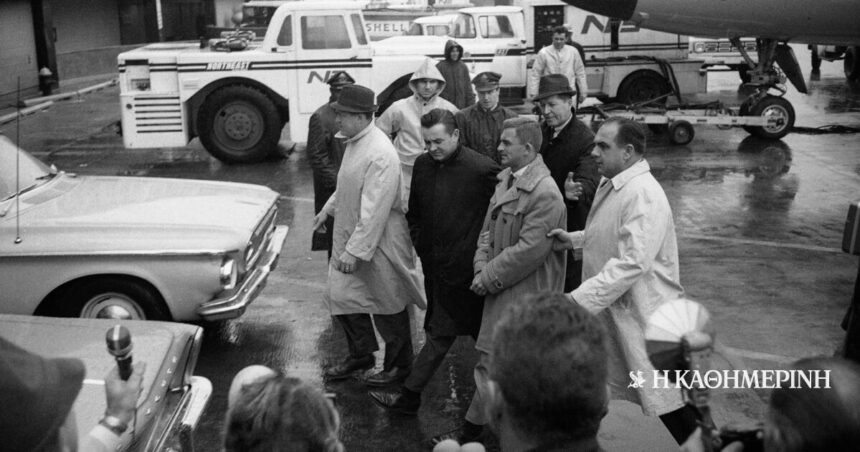On October 29, 1964, in her heart New Yorkthe most daring unfolded robbery jewelry in American history. A gang of thieves managed to break into the place where J’s gem collection was kept. P. Morgan, at the American Museum of Natural History, stealing about $3 million worth of jewelry. This meticulously planned enterprise, named “The Great Jewel Heist” by the media of the time, shocked everyone, made headlines and sparked a massive investigation into one of the most daring robberies ever committed on American soil.
The collection of J. P. Morgan was home to some of the world’s finest and most valuable jewels, such as the Star of India – a stunning 563-carat sapphire, known for the rare star-shaped pattern on it, caused by internal mineral formations, (constellation) – and the DeLong Star Rubya flawless 100-carat gemstone with a similar star-like appearance. These jewels, along with other rare stones, were considered priceless not only for their size and clarity but also for their historical and scientific significance.
In the days leading up to the heist, a small group of criminals, led by the charismatic “career thief” Jack Murphy – known as “Murph the Surfer” (Murph the Surf) – explored the museum and created her plan. On the night of October 29, Murphy and two accomplices, Mr Alan Kuhn and the Roger Clarkecarried out the robbery under cover of darkness. Using a bathroom window on the upper floors of the museum, the trio managed to evade detection by climbing into the exhibit hall. With a surprising combination of agility and nerves of steel, they bypassed the security systems and they left with nearly two dozen gemsincluding the Star of India, the Eagle Diamond and the DeLong Star Ruby.
The audacity of the criminals and the enormous value of the jewels led to one of the largest manhunts in FBI history.
The morning after the robbery, the museum staff discovered that the jewels were missing, causing shock in New York and beyond. The audacity of the criminals and the enormous value of the stolen jewels attracted national media attention and led to one of the largest manhunts in history F.B.I. The investigation quickly turned up clues that led authorities to Miami, where Murphy and his gang were known to frequent. A few weeks later, they were arrested in Florida and brought back to New York to stand trial.
The robbery left a lasting impact on museum security practices across the United States.
Through negotiations, the police were able to recover several of the stolen jewels, including the Star of India and the DeLong Star Ruby. However, some gems, such as the Eagle diamond, were never found and remain lost to this day. The robbery, although quickly resolved in terms of arrests, left a lasting impact on museum security practices across the United States, prompting institutions to strengthen their security measures to prevent similar incidents.
This heist became the stuff of legend, with Murphy, Coon and Clark immortalized in pop culture as “gentleman thieves”. A former musician and skilled surfer, Murphy became an enigmatic figure, admired and studied by many for his mixture of charm and criminal daring. The meticulous planning of the heist and the cunning execution of the plan by Murphy and his team have inspired many books, films and documentaries.
Column Editor: Myrto Katsigera, Vassilis Minakakis, Antigoni-Despina Poimenidou, Athanasios Syroplakis




